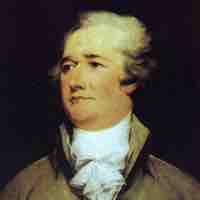Chapter 8
The Federalist Era: 1789–1801
By Boundless
Alexander Hamilton's broad interpretation of Constitutional powers has influenced multiple generations of political theorists.
Alexander Hamilton, the first Secretary of the Treasury, strongly influenced the financial policies of the United States during the Federalist Era.
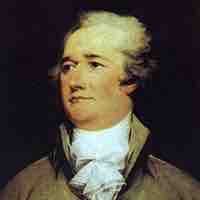
In order to foster economic development in a financially shaky new nation, Hamilton stressed the development of manufacturing and commercial interests.
During the Washington and Adams administrations, Federalists and Democratic-Republicans clashed over numerous foreign matters.
The Citizen Genêt Affair threatened American neutrality during the French Revolutionary Wars.
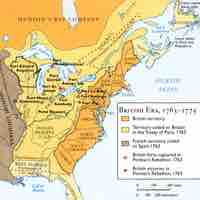
Jay's Treaty intended to relieve post-war tensions between Britain and the United States and represented a Federalist strategy to avoid war.
Pinckney's Treaty between Spain and the United States defined the boundaries of the Spanish colonies of West and East Florida.
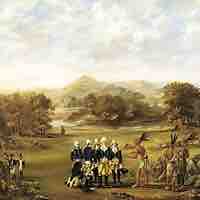
The Northwest Indian War (1785–1795) led to further expansion of the United States into American Indian territory.
In his 1796 Farewell Address to the American people, Washington gave his final thoughts on foreign policy, trade, and national unions.
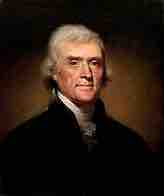
The election of 1796 was the first contested presidential election between two distinct political factions in the nation's history.
John Adams, the second president to hold office, believed in a strong federal government and an expansion of executive power.
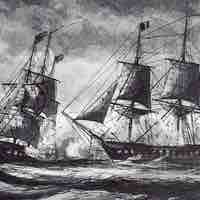
The Quasi-War was an undeclared naval war fought between France and the United States in the Caribbean Sea.
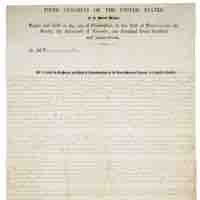
The Alien and Sedition Acts of 1798 were a series of laws that aimed to outlaw speech that was critical of the government.
The Adams presidency was marked by several domestic conflicts that deepened the split between Federalists and Democratic-Republicans.

Gabriel's Rebellion was a planned slave revolt in Virginia in 1800 that was quelled before it could begin.
